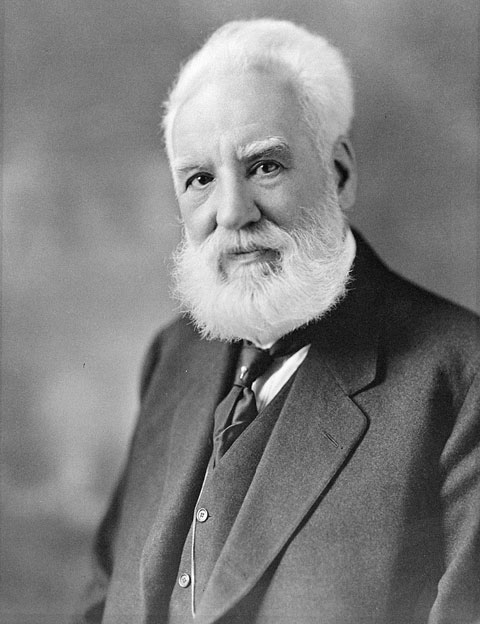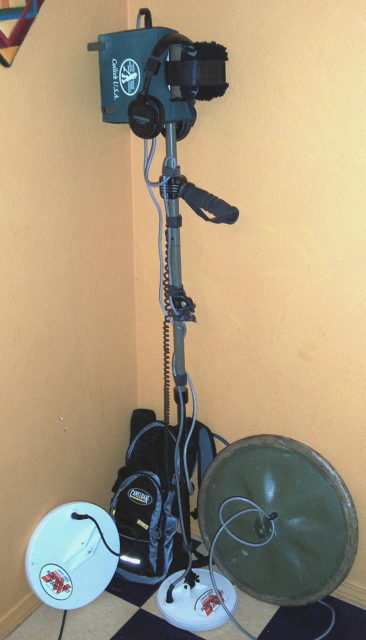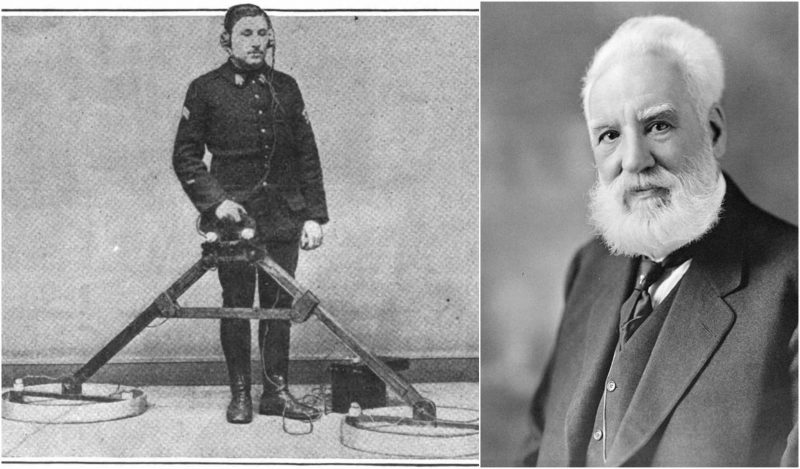Towards the end of the 19th century, many scientists and engineers used their growing knowledge of electrical theory in an attempt to devise a machine which would pinpoint metal. The use of such a device to find ore-bearing rocks would give a huge advantage to any miner who employed it.
Early machines were crude, used a lot of battery power, and worked only to a very limited degree. In 1874, Parisian inventor Gustave Trouvé developed a hand-held device for locating and extracting metal objects such as bullets from human patients.

Inspired by Trouvé, Alexander Graham Bell developed a similar device to attempt to locate a bullet lodged in the chest of American President James Garfield in 1881; the metal detector worked correctly, but the attempt was unsuccessful because the metal coil spring bed Garfield was lying on confused the detector.

The development of the modern metal detector began in the 1920s. Gerhard Fischer had developed a system of radio direction-finding, which was to be used for accurate navigation.
The system worked extremely well, but Fischer noticed there were anomalies in areas where the terrain contained ore-bearing rocks. He reasoned that if a radio beam could be distorted by metal, then it should be possible to design a machine which would detect metal using a search coil resonating at a radio frequency.

In 1925 he was granted the first patent for a metal detector. Although Gerhard Fischer was the first person granted a patent for a metal detector, the first to apply was Shirl Herr, a businessman from Crawfordsville, Indiana. His application for a hand-held Hidden-Metal Detector was filed in February 1924, but not patented until July 1928.
Herr assisted Italian leader Benito Mussolini in recovering items remaining from the Emperor Caligula’s galleys at the bottom of Lake Nemi, Italy in August 1929.
Herr’s invention was used by Admiral Richard Byrd’s Second Antarctic Expedition in 1933 when it was used to locate objects left behind by earlier explorers.
It was effective up to a depth of eight feet. However, it was Lieutenant Józef Stanisław Kosacki, a Polish officer attached to a unit stationed in St Andrews, Scotland, during the early years of World War II, who refined the design into a practical Polish mine detector.
These units were still quite heavy, as they ran on vacuum tubes, and needed separate battery packs.
